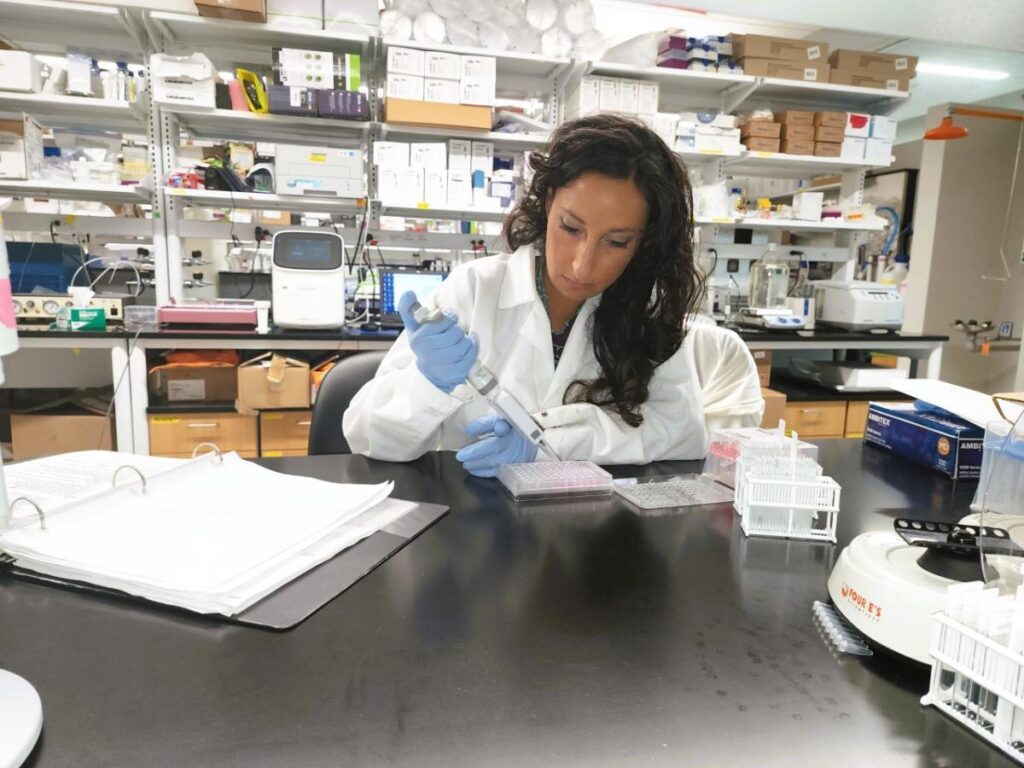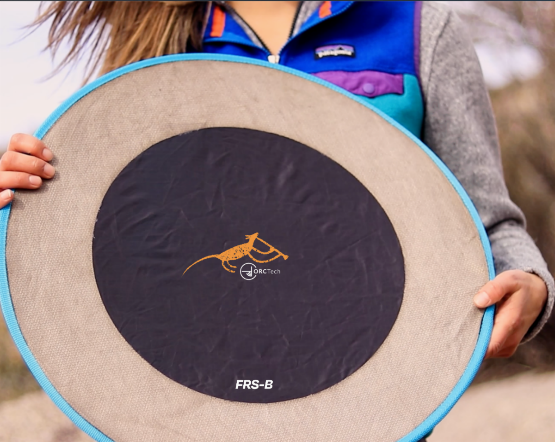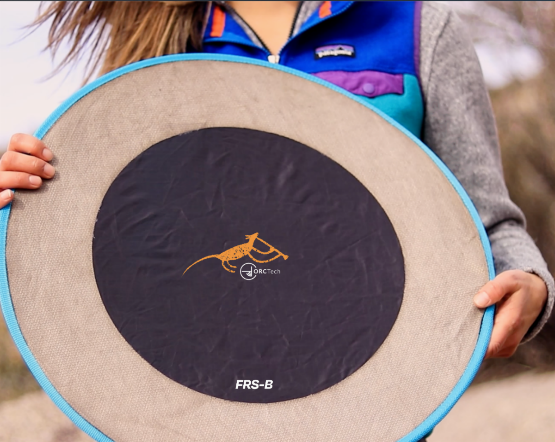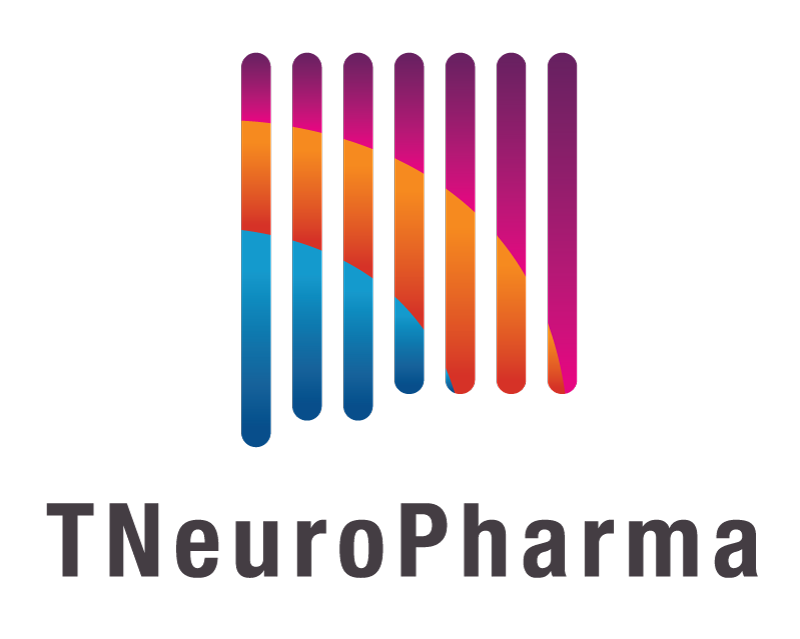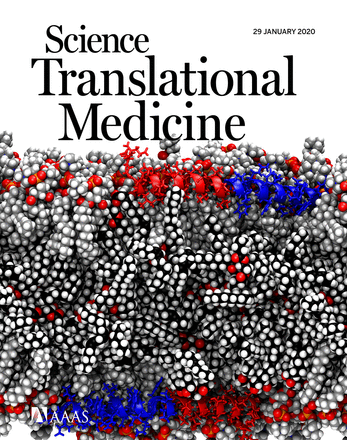New jobs, bigger facilities, local support: New Mexico’s bioscience industry is alive and kicking – Albuquerque Journal (abqjournal.com)
Pharmaceutical research, development and manufacturing company Curia broke ground this fall on a $100 million expansion of its Albuquerque operations, potentially adding nearly 300 new local jobs to its current workforce.
It’s the second major expansion here since 2018 by the biotech company, which already employs about 400 people at two locations, including a 135,000-square-foot facility at the Midtown Business Park at I-25 and Montgomery, plus an 80,000-square-foot facility near Balloon Fiesta Park.
Curia’s Oct. 27 groundbreaking coincided with another major biotechnology industry announcement that same week in Las Cruces, where remote health-monitoring services company Electronic Caregiver reported closing on $42.5 million in fresh funding from private investors. That makes a total of $110 million in private equity raised by Electronic Caregiver since launching in 2009.
The new funding will help accelerate the firm’s aggressive expansion plans, which include hiring another 770 employees over the next few years, about 95% of them to be located at the company’s 10-story downtown office tower. The state and the city of Las Cruces provided about $1.2 million in Local Economic Development Act, or LEDA, funding last year to help remodel and equip Electronic Caregiver’s office building, which the firm purchased outright over the summer after leasing space there for more than a decade.
The state also contributed $5 million in LEDA money to Curia for its expansion plans in Albuquerque, with the city expected to kick in another $500,000.
Gov. Michelle Lujan Grisham, who attended Curia’s groundbreaking, said that the company’s investment and expansion plans reflect the state’s growing reputation as a bustling magnet for the life sciences industry.
“New Mexico has become a sophisticated biosciences hub that continues to attract companies leading the way in global science and healthcare,” Lujan Grisham said in a statement. “These are high-paying jobs of the future that will fortify New Mexico’s families and expand economic security for our graduates who want to remain in the state to live and work.”
While big announcements, the Curia and Electronic Caregiver expansions are only the latest developments in New Mexico’s burgeoning bioscience industry, which has grown exponentially over the past decade, and particularly over the past five years, after lawmakers approved the creation of a state-funded Bioscience Authority in 2017 to help promote local industry development. That’s led to more unified public and private efforts to help newly formed startups launch and grow, expand existing businesses, and attract more companies, entrepreneurs and investment capital to the state.
Those efforts are boosted by New Mexico’s vibrant startup ecosystem, which offers broad wrap-around services through incubators, business accelerators and access to early-stage venture funding. That support base has, in turn, inspired local entrepreneurs to turn a lot more biotechnology innovation from the state’s research universities and national labs into marketable products and services.
More work is needed to build on today’s momentum, according to local industry experts, beginning with additional state and private-sector funding to convert fledgling startups and existing businesses into thriving, sustainable enterprises. And to get that ball rolling, the Bioscience Authority is seeking $50 million in state money in this year’s legislative session for a new co-investment fund to allow the Authority to invest jointly in local bioscience companies alongside other venture firms.
Apart from capital, more physical infrastructure — such as incubation labs with high-tech equipment and collaborative office space — is also critical.
But, given the state’s accelerated bioscience development in recent years, local leaders say New Mexico is now approaching a turning point that, with additional statewide efforts, could move the industry from promising momentum to critical mass.
Doug Ziedonis — University of New Mexico Health System CEO and executive vice president for UNM health sciences — called it a “critically important” moment for the local industry.
“We’re at a very exciting point now with our research universities, state agencies, government officials and industry all coming together around strategic plans to push forward,” Ziedonis told the Journal. “… We’ve seen how successful collaborative efforts in such other sectors as the film industry have been, and we know we can do the same in the bioscience arena. We have great momentum and, by working together, we can really grow this industry, not just in Albuquerque, but across the state.”
Steady expansion
New Mexico’s bioscience sector — which includes medical-related products and services, as well as biotechnology for agricultural production and environmental improvement — has been evolving for decades, thanks to continuous innovation and discovery at the state’s research universities and labs, plus entrepreneurial creativity in applying new technologies to real-world problems.
As of 2015, some 700 biotech companies were already operating around the state, directly employing about 9,300 people and supporting up to 41,000 industry-related jobs, according to a report by a “GrowBio” initiative that emerged in 2016 to unite the public and private sectors around policies and incentives to build the industry. Commercial development encompasses everything from new medical devices, diagnostic tools and treatments to improved methods and tools for food production and safety, and innovative use of microbes and enzymes to make manufacturing and chemical processes environmentally friendly.
The sector generated about $1.2 billion in revenue in 2015, according to the report, with such large, well-established institutions as Tricore Reference Laboratories and the Lovelace Respiratory Research Institute in Albuquerque boosting employment numbers and economic impact significantly. But a broad swath of emerging bioscience startups also contributed to industry growth as public and private efforts to build New Mexico’s startup economy gained force.
In particular, the 2013 opening of a BioScience Center in Uptown Albuquerque as the state’s first privately run, dedicated incubator for biotechnology startups marked a turning point. Pharmaceutical industry veteran Stuart Rose opened the center after building a homegrown startup, Oso Biopharmaceuticals, into a major contract research and manufacturing services company in Albuquerque.
New York-based AMRI Global aquired Oso for $110 million in 2014. It’s since rebranded as Curia, the company that just broke ground on a $100 million expansion.
Rose’s 20,000-square-foot BioScience Center reached full occupancy within six months of its opening in January 2013, and has remained full ever since, housing up to 22 startups at any given time.
“The center has maintained 100% occupancy since launching,” said Greg Byrnes, executive director of the NM Biotechnology and Biomedical Association, or NMBio. “There’s always a waiting list to get in.”
Apart from incubating dozens of startups over the years, the center has helped bring industry people together to network and collaborate, which was one of Rose’s original goals.
“When I ran Oso Pharmaceuticals, I learned a lot about many things going on across the state, but most people didn’t know each other, so no one realized the significant level of activity already happening here,” Rose told the Journal. “I saw the potential to create a focal point for people to connect through the BioScience Center.”
By 2017, unified industry-building efforts in general had gained a lot more momentum through GrowBio, an initiative spearheaded largely by NMBio and UNM health sciences, which worked together to gain legislative approval to create the BioScience Authority as a collaborative economic development agency focused on the bioscience industry.
The 13-member Authority — which receives about $300,000 in annual state funding that’s channeled administratively through UNM — includes representatives from the state’s three research universities, plus appointees by the governor and both legislative chambers.
Bioscience Authority
The agency has concentrated on building collaborative relationships to tap into bioscience-related economic development opportunities, said Board Chair Dale Dekker, a founding principal at Dekker/Perich/Sabatini who helped launch the GrowBio initiative.
“We’ve worked to become a forum for building statewide awareness and support about the sector’s potential to diversify the economy,” Dekker told the Journal. “Our board includes industry experts, entrepreneurs, economic development professionals and public officials from around the state.”
In particular, the agency is forging collaborative initiatives on workforce development, in- and out-of-state marketing and promotion, forums and networking activities to connect people and organizations, and joint efforts to help local communities attract bioscience-related investment, said Authority Executive Director Stephanie Tofighi.
In one noteworthy achievement, the agency created an online guide for “community readiness zones” that cities and municipalities can follow to identify existing strengths and needed assets — such as land, buildings and shovel-ready development areas where companies can locate — to build out local “bioscience hubs.” It includes an evaluation process to gain industry recognition as “readiness zones,” with bronze-to-platinum certifications that can boost marketing initiatives.
“It’s for self-evaluation by communities that go through the process with real estate professionals, architects and municipal organizations to evaluate their local landscape,” Tofighi told the Journal. “We’ve now identified and certified sites in Albuquerque, Santa Fe, Las Cruces and Rio Rancho, and we’re working with people in Socorro, Los Alamos, Los Lunas and Santa Ana Pueblo to certify more zones.”
As a trade organization, NMBio is also working closely with the Bioscience Authority to assist local companies in business development, marketing and networking to strengthen and advance the industry. It’s helped especially in raising New Mexico’s visibility nationally and internationally by organizing local delegations to participate in regional and national trade fairs and conferences.
In 2020, it placed a 16-page, $50,000 informational insert about New Mexico’s bioscience development in Site Selection, a premier, global industry publication.
Association membership has increased from just 27 in 2016, when Byrnes became executive director, to more than 100 now.
“The industry is growing significantly,” Byrnes said. “We’ve expanded our national participation and visibility, and we’ve been able to recruit more companies as a result.”
Co-investment fund
Still, to convert today’s momentum into sustainable, long-term industry expansion, the bioscience sector needs more concentrated state assistance and promotion, particularly funding for startups and existing businesses to weather the early stages of commercial development, Byrnes said.
“All other states with strong bioscience industries and commercial hubs have been blessed with state funding to build their industries,” Byrnes said. “We need the state to step up here if we really want to grow New Mexico’s bioscience sector.”
Gov. Lujan Grisham’s administration has included bioscience as one of New Mexico’s key, strategic industries to diversify the economy. But, beyond the Bioscience Authority’s $300,000 annual allocation, the state has yet to earmark specific funding for bioscience sector development, Dekker said.
“We’re making good progress in building out the bioscience ecosystem, but we need to accelerate our efforts with funding to help biotechnology companies build solid foundations in New Mexico,” Dekker told the Journal. “We need to make key investments in this sector as a strategic industry cluster.”
To do that, the Bioscience Authority, NMBio and other industry partners are seeking legislative approval in this year’s session to earmark $50 million in state money for a new co-investment fund to strategically deploy capital into promising local companies in partnership with other venture investors. Under the proposal, the agency would seek experienced private equity firms that commit to investing $2 for every $1 dollar in state funds for targeted investments, effectively tripling deployable co-investment money to $150 million.
A lot of venture funding has already flowed into local bioscience startups through the State Investment Council, which provides some permanent fund money for venture firms that commit to investing in local companies. That includes a $20 million “catalyst fund” that pumped capital into eight different micro funds for early-stage investments in startups, creating a collective, $40-million pool of venture funding when including micro fund-matching dollars.
Some of that money did flow to bioscience startups, helping to create a lot more biotech ventures in recent years. But most of the catalyst money is now already deployed, making it harder for startups to find more funding.
And that money was never earmarked specifically for the bioscience sector, which generally requires more capital than other types of startups to become established.
“Bioscience really needs capital because it takes longer than other industries to create a sustainable product and it’s very expensive,” Tofighi said.
To test the co-investment concept, the Bioscience authority partnered last year with the New Mexico Angels on a $225,000 investment in Albuquerque-based BennuBio, which is marketing superfast cytometers, or cell meters, for medical diagnostics. The agency provided $75,000, with the rest coming from the Angel’s Vintage Fund for early-stage investments.
Not all industry leaders think the co-investment fund is the right way to deploy state capital. Rose, for example, believes funding would be better allocated directly to established venture firms that commit to investing in local bioscience companies, and that the Bioscience Authority should instead focus on seeking state money for economic development initiatives, such as building more incubator and lab space for biotechnology startups.
But Rose says more state funding is critical to keep industry development moving forward, especially as existing companies seek additional capital to grow.
“We’re well positioned now for fairly advanced startups to grow into more mature companies, but not if available venture funding dries up,” Rose said. “We have a lot of the needed ecosystem infrastructure in place now, with good business leadership and promising technologies under development, but when a company seeks larger rounds of follow-on funding to continue growing, they often have to turn to out-of-state venture funds that may demand they move out of New Mexico to be closer to the investors. We need to create more local sources of funding to allow companies to remain here and flourish. We’ve done a lot, but we still need to provide more support for the bioscience industry to reach critical mass.”

